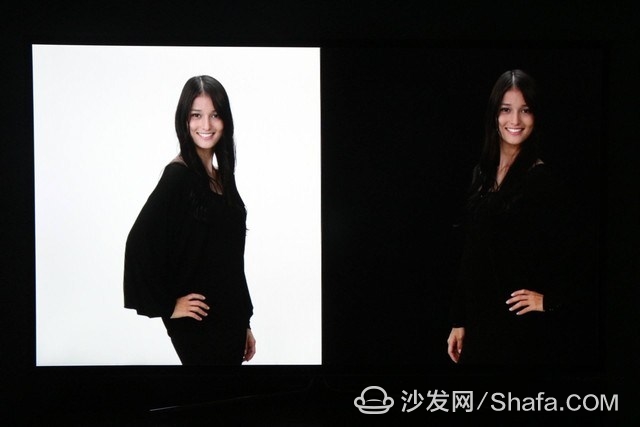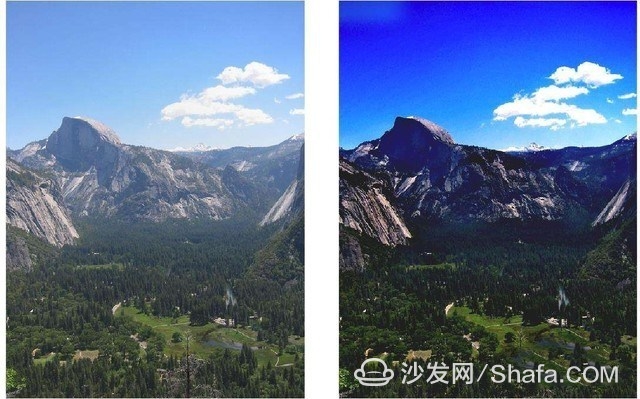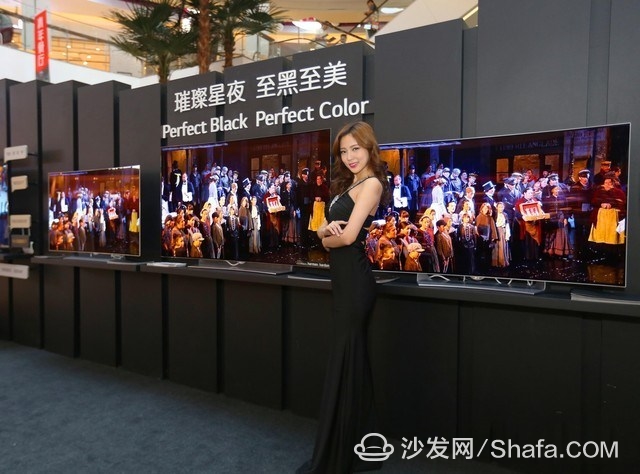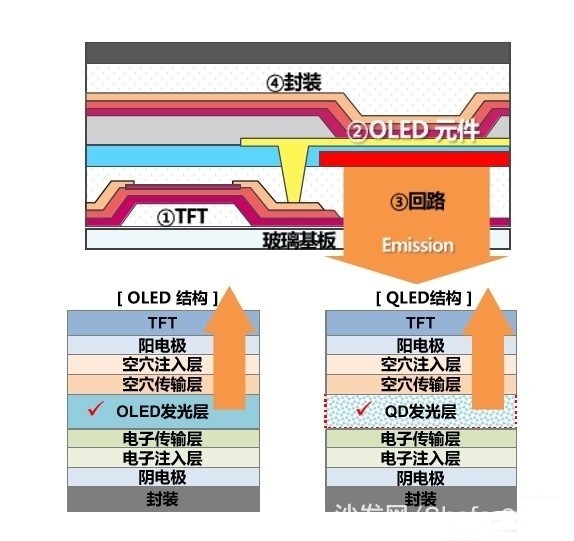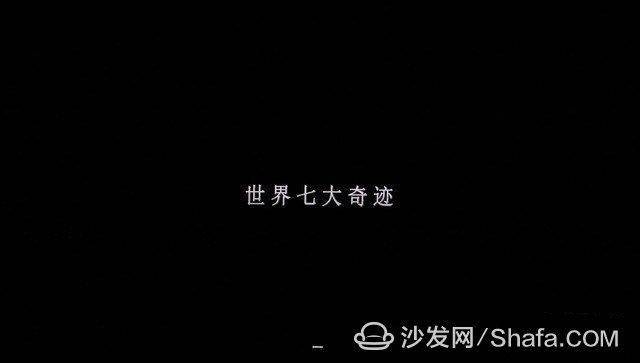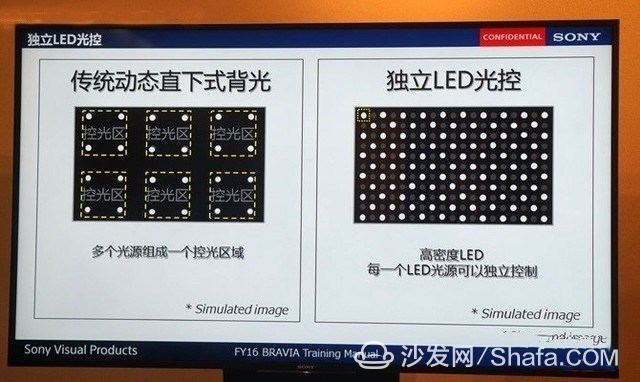In general, the contrast of a TV is considered one of the most important technical specifications. Most TV manufacturers include the contrast value on their product labels, and some informed consumers also use it as a key indicator when making a purchase. However, the reality is that the most crucial aspect of contrast—its true value—remains elusive in the entire TV market. In fact, this parameter may soon be phased out entirely. Earlier, we discussed the issue of wide-gamut TVs, where we warned, “Buy a wide-gamut TV, and you might regret it.†Now, we're taking a closer look at the truth behind TV contrast.
Is the TV Contrast Parameter Meaningless?
What exactly does the contrast parameter mean?
Contrast, in simple terms, refers to the difference between the brightest white and the darkest black in an image. The greater this difference, the higher the contrast. Conversely, a smaller difference means lower contrast. When reviewing TVs, experts often test contrast by displaying pure white and pure black images in a dark room, measuring brightness levels, and calculating the ratio of white to black brightness for static contrast.
The standard method for measuring contrast is white brightness divided by black brightness
From a visual perspective, higher contrast leads to clearer images with more vivid colors. Lower contrast can make the screen look dull and colors appear washed out. While contrast impacts both static and dynamic images, its effect is more noticeable in motion, as rapid transitions between light and dark are easier to perceive with higher contrast.
Higher contrast can lead to richer and more vibrant colors
Despite various measurement methods, there's no universally accepted standard for contrast values. Some manufacturers use central brightness, while others measure multiple points across the screen and average the results. As a result, no TV’s contrast value is 100% accurate—it’s only for reference. With the rise of new display technologies, contrast may soon lose its relevance as a standard metric.
OLED: The Future of Infinite Contrast
OLED technology is gaining momentum in the industry, promising to replace traditional LCDs. OLEDs have several advantages over LCDs, including self-illumination, better color accuracy, zero input lag, and most importantly, infinite contrast. This is because OLED pixels can turn off completely, producing deep blacks. According to the contrast formula, this makes OLEDs achieve extremely high contrast ratios.
OLED TVs offer infinite contrast
As OLED TVs become more common, we may soon stop seeing contrast values on product specs. Similarly, QLED technology is another emerging option. Though currently based on liquid crystal backlighting, the future goal of QLED is to achieve self-luminescence, similar to OLED, which would also allow for infinite contrast.
The ultimate goal of QLED is self-luminescence
While OLED and QLED share similar panel structures, they differ in the materials used for light emission. OLED uses organic compounds, while QLED relies on quantum dots. Despite these differences, both technologies aim for self-luminescence and infinite contrast, signaling the end of traditional contrast metrics.
LCD TVs: No Real Practical Value
Even for LCD TVs, contrast isn't as meaningful as it seems. Dynamic contrast values, often advertised as millions to one, are misleading. These numbers are usually exaggerated and not reflective of real-world performance. In fact, dynamic contrast can be up to 5–10 times higher than actual contrast. It’s more of a marketing tool than a useful specification.
Without dynamic contrast, LCD TVs suffer from severe light leakage
Dynamic contrast helps reduce light leakage by adjusting backlight brightness based on the image content. However, this technique doesn’t reflect true contrast. Even when turned off, dynamic contrast still affects the image to some extent, making it hard to get an accurate measurement.
Dynamic backlight technology, found in high-end models, divides the screen into zones to control brightness independently. While this improves image quality, it also complicates the concept of contrast, as different areas of the screen can have varying contrast levels.
Dynamic backlight creates varying contrast across the screen
With such technologies, the idea of a single contrast value becomes obsolete. Therefore, relying on contrast as a primary specification is no longer practical.
In conclusion, contrast is not as important as it once was. There's no universal standard, and the values provided by manufacturers are often misleading. In the future, we may see contrast disappear from TV specifications altogether. If you’ve been misled for years, will you still consider this value when buying a new TV?
For more smart TV and box information, visit Smart TV/Box Information Network – your go-to source for smart TV news, reviews, and software updates. (http://)
PZT Piezoelectric Cylinders/Tubes
Yuhai company develop
and produce of various tube/cylinder sizes, bearing variety of electrode and
metallisation configurations. The tubes is fabricated from various published
and additional custom in-house Piezoelectric Material formulations for
applications such as high power, sensitivity, stability needs.
https://youtu.be/uscX0htQIkg
Features
-
· Choice
of metallisation (Silver, Nickel, Gold and others on request)
-
·
Evaporated
and chemically deposited metallisation's available
-
·
Thickness/Radial
frequency tuning available on request
-
·
Wrap
around electrode configuration
-
·
Wide
choice of PZT formulations
aApplications include
-
· Hydrophones
-
·
Fibre
optic stretcher
-
·
Augmented
reality
-
·
Torpedo
decoys
-
·
Accelerometers
-
·
Pressure
sensors
-
·
Print
head transducers
-
·
Oil
and gas exploration
-
·
Scientific
equipment
|
Tubes
|
Height:
1-100mm
|
|
OD:
6-180mm
|
|
ID:
5-150mm
|
|
Wall: 0.5-15mm
|
Piezo Tube,Piezoelectric Tube,Piezo Electric Tube,Piezo Ceramic Tubes
Zibo Yuhai Electronic Ceramic Co., Ltd. , https://www.yhpiezo.com

